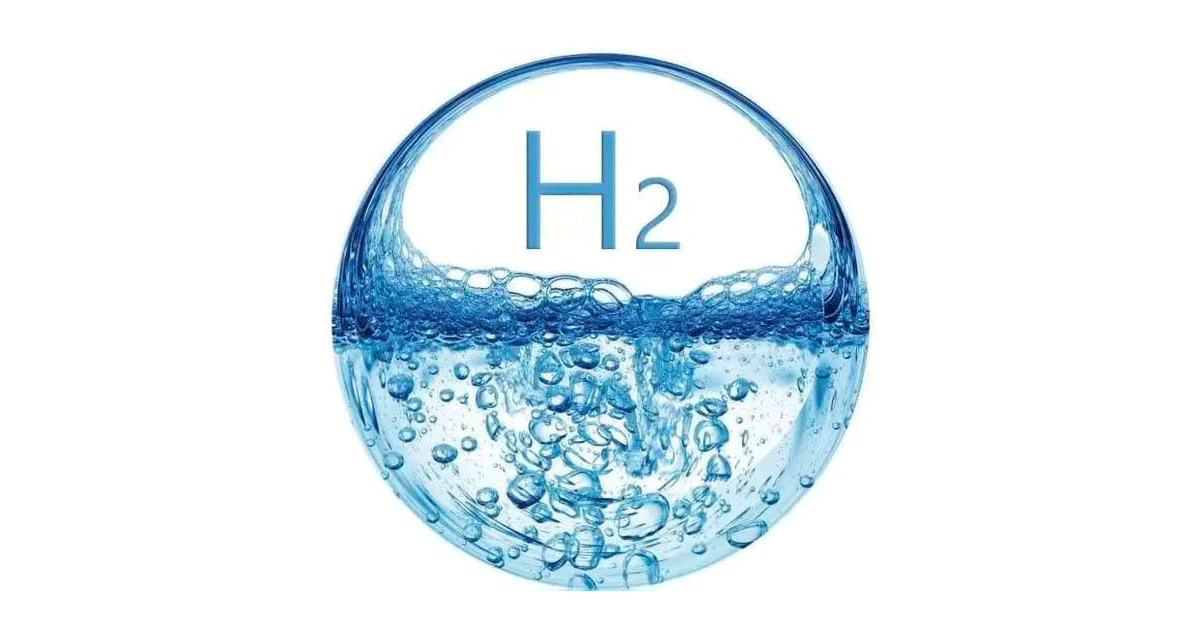
New catalyst efficiently produces hydrogen from seawater
Researchers from the University of Houston have reported a significant breakthrough with a new Oxygen evolution reaction
catalyst that, combined with a Hydrogen evolution reaction catalyst, achieved current densities capable of supporting industrial demands while requiring relatively low voltage to start seawater electrolysis.
Researchers say the device, composed of inexpensive non-noble metal Nitrides, manages to avoid many of the obstacles that have limited earlier attempts to inexpensively produce hydrogen or safe drinking water from seawater.
A major obstacle has been the lack of a catalyst that can effectively split seawater to produce Hydrogen without also setting free ions of Sodium, Chlorine, Calcium and other components of seawater, which once freed can settle on the catalyst and render it inactive. Chlorine ions are especially problematic, in part because Chlorine requires just slightly higher voltage to free than is needed to free hydrogen.
To address the challenges, the researchers designed and synthesized a three-dimensional core-shell Oxygen evolution reaction catalyst using transition metal-Nitride, with nanoparticles made of a Nickel-Iron-Nitride compound and Nickel-Molybdenum-Nitride Nano-rods on porous Nickel foam.
The new Oxygen evolution reaction catalyst was paired with a previously reported Hydrogen evolution reaction catalyst of Nickel-Molybdenum-Nitride Nano-rods.
The catalysts were integrated into a two-electrode alkaline electrolyzer, which can be powered by waste heat via a thermoelectric device or by an AA battery.
Cell voltages required to produce a current density of 100 mill- Amperes per square Centimeter ranged from 1.564 V to 1.581 V.
The voltage is significant, because while a voltage of at least 1.23 V is required to produce Hydrogen, Chlorine is produced at a voltage of 1.73 V, meaning the device had to be able to produce meaningful levels of current density with a voltage between the two levels.
 English
English Arabic
Arabic


